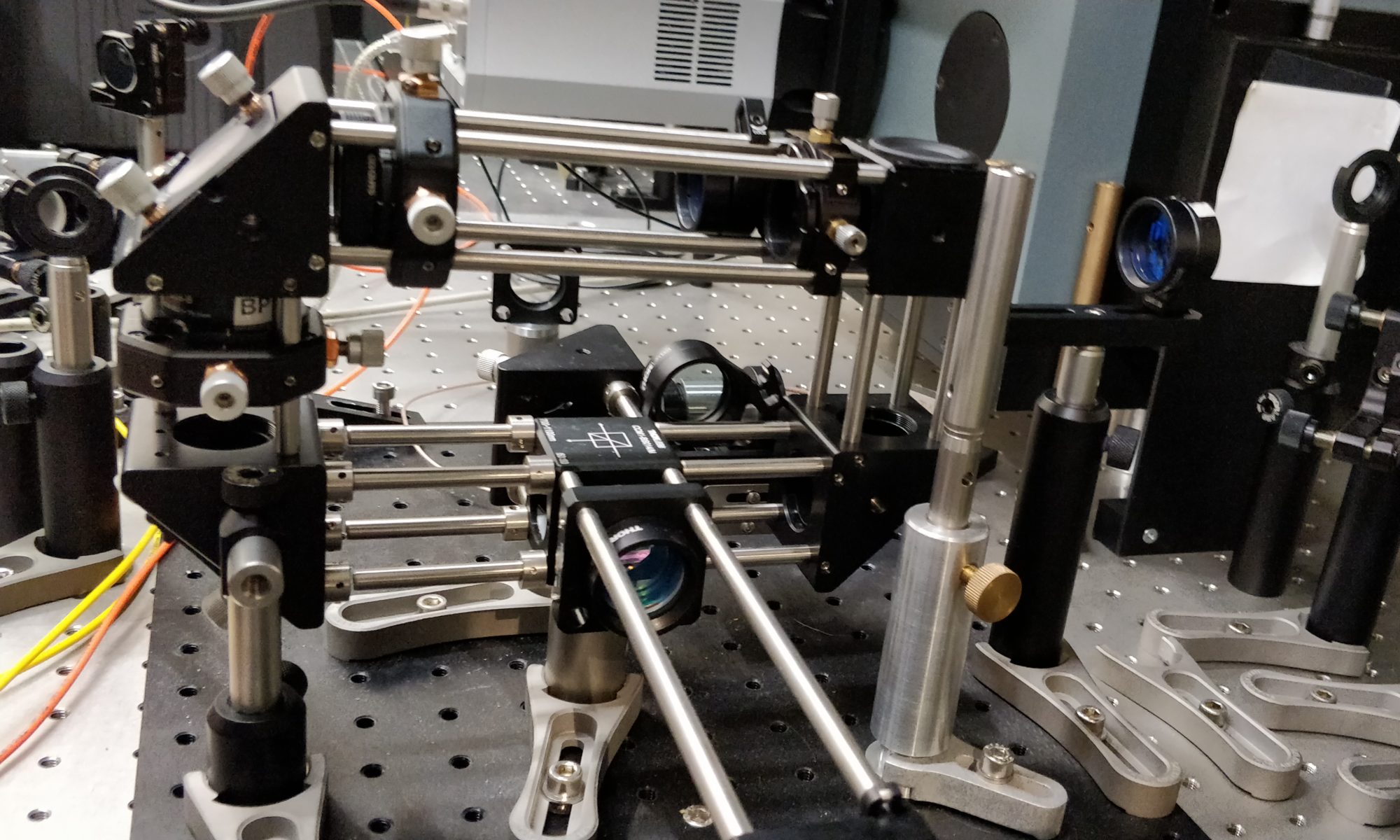![]()
According to estimates, human brain consists of 1011 neurons and each neuron has an average of 104 synapses (input connections), which gives 1015 synaptic connections in a volume of approximately 1130 cm3. The system with such high complexity can perform up to 1018 operations per second with a power consumption of about 20W. Such a computing speed and low power consumption is unavailable for modern computers, which are increasingly power-hungry. Contrary to the modern computers, in a brain the memory and processing units are not physically separated. The unique abilities of the brain have become a motivation for the development of a new generation of biologically inspired artificial neural networks.
Recent years have witnessed immense progress in artificial neural network – based applied artificial intelligence, which has found many important applications in growing diversity of fields, including: medicine, logistics, finance, marketing, defense, agriculture, quantum science, geoscience, gaming, information technology, cybersecurity, language processing, robotics, and autonomous vehicles. However, as the amount of data continually grows, and Moore’s law flattens out, there is an urgent need to provide faster and more energy efficient systems that will outperform current electronic implementations.
Photonic systems are natural candidates due to ultrafast photon propagation, low losses and low energy consumption. The drawback of photonic platforms is the weak interaction between photons, which makes the realization of complex operations difficult. In this project, we aim to investigate a particularly promising alternative, where strong coupling between photons and matter-like particles in semiconductor microcavities is used to enhance photon interactions. We believe that this approach can help to overcome the main obstacle in the way of further development of photonic neural networks.
Strong interaction between matter particles and photons can be realized in specially designed structures: optical cavities filled with optically active materials. In this project we will use semiconductor structures with semiconductor quantum wells, which have the strongest nonlinear interaction observed. Moreover, such systems based on dielectric or metallic materials combined with organic or inorganic layers can operate at room temperature. The strongly coupled light and matter excitations are called polaritons. Due to the hybrid nature of polaritons they can strongly interact like matter particles, but at the same time have all the advantages of photons such as large propagation distances, high speed and low effective mass.
In this project we aim to develop new theoretical models and realize them experimentally. Lattice of polariton nodes will form an artificial neural network able to perform image recognition tasks. Our system is a new platform for neural networks and we believe that it can significantly extend the area of possible applications of photonics.

